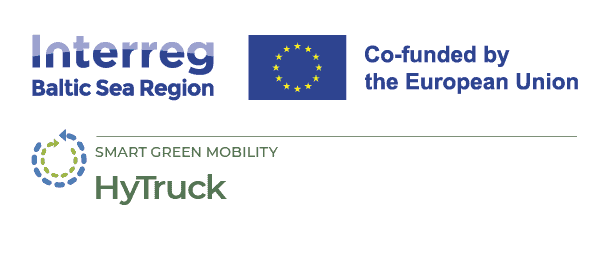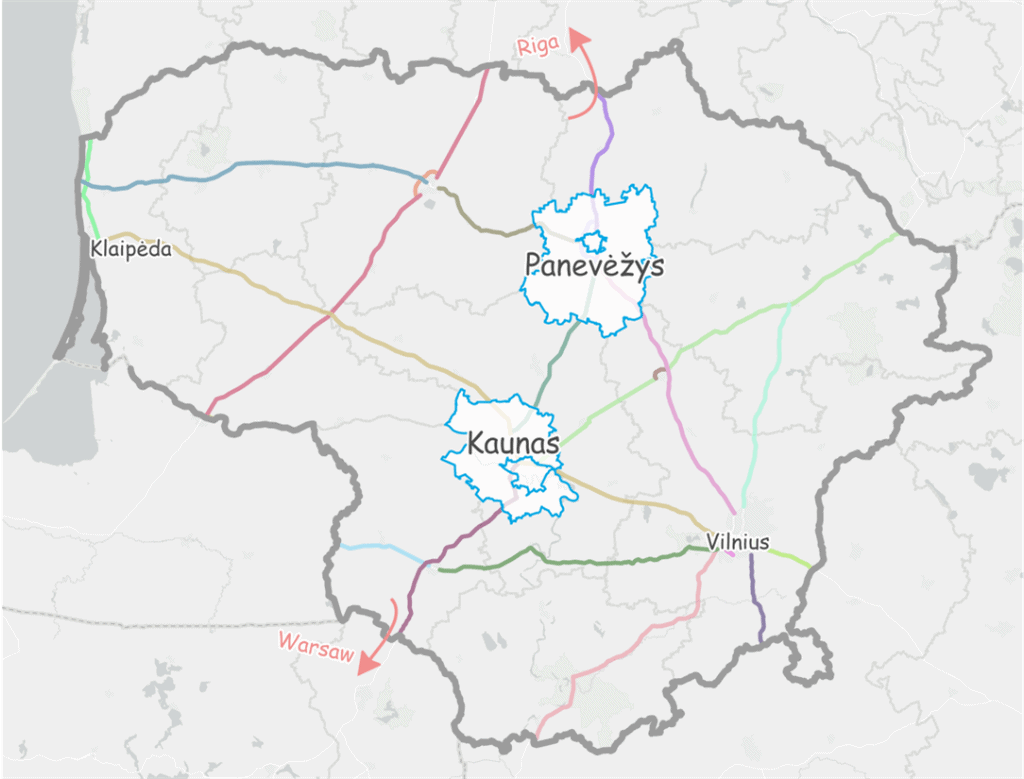
Integrating hydrogen technologies into Lithuanian's transport sector
30 April 2024
The development of hydrogen infrastructure in Lithuania is still in its early stages. The government has been exploring various funding and partnership options to accelerate the deployment of hydrogen infrastructure, aiming to support the adoption of hydrogen-powered vehicles and other applications in the transportation and industrial sectors. Currently, there are no operating hydrogen refueling stations (HRS) in Lithuania. The cities of Vilnius and Klaipėda have shown interest in promoting hydrogen as a clean energy source and announced their plans to build HRS, having already applied for financial support. However, only Klaipėda received financial support and has plans to build an H2 production plant and 2 HRS at the Klaipėda port by 2026. Vilnius received financial support only for building an H2 production plant, but also has not abandoned its plans to develop HRS. It aims to secure financing for this as early as 2024, when a tender will be announced to obtain funding for the HRS development.
 “The integration of hydrogen technologies into the transportation sector marks a new era in the Lithuanian transport system. It is essential to develop hydrogen infrastructure for heavy-duty transport along international transport corridors because it will provide companies with the opportunity to transition to zero-emission freight transport, thereby contributing to the sustainability of global supply chains.”
“The integration of hydrogen technologies into the transportation sector marks a new era in the Lithuanian transport system. It is essential to develop hydrogen infrastructure for heavy-duty transport along international transport corridors because it will provide companies with the opportunity to transition to zero-emission freight transport, thereby contributing to the sustainability of global supply chains.”
says Agnė Vaiciukevičiūtė, Deputy Minister of Transport and Communications of the Republic of Lithuania.
The pilot project in Lithuania encompasses the regions of Kaunas and Panevėžys. Kaunas, the second-largest city in Lithuania, serves as a crucial hub for industry and transportation. The city covers an area of 157 km², while the Kaunas region spans 1,496 km². Kaunas is home to over 305 thousand residents, with nearly 100 thousand residing in the surrounding region. The region is intersected by two international roads, E67 and E85, which are part of the TEN-T core network and experience significant daily freight traffic, totalling about 6,000 vehicles per day. Kaunas boasts an international airport, a road-rail freight terminal, and an inland waterway port, situated approximately 94 km from the border with Poland.

The Lithuanian pilot will focus on the urban nodes of Kaunas and Panevėžys, located centrally along the North Sea – Baltic European Corridor.
Panevėžys, the fifth-largest city in Lithuania, is located in the northern part of the country. It covers an area of 50 km² and is home to 89 thousand inhabitants. The population of the Panevėžys functional urban area, extending beyond the city limits, is estimated at 127,471. Additionally, an international E67 road passes through the city, experiencing an average daily traffic intensity of 3,200 heavy-duty vehicles. Panevėžys is approximately 65 km from the border with Latvia and about 104 km from Kaunas.
According to the renewed TEN-T regulation, Kaunas and Panevėžys are urban nodes, therefore implementing the Alternative Fuels Infrastructure Regulation (AFIR), H2 refueling infrastructure should be built in both cities by the end of 2030.
It is expected that the pilot project results will contribute to national and EU targets for developing H2 refueling infrastructure and promoting the use of fuel cell electric vehicles (FCEVs) in the country. The main results of the pilot implementation are expected to be the identification of possible locations for building HRS in both regions, the identification of potential users of HRS, and the determination of the investment needed for developing HRS in these regions.





